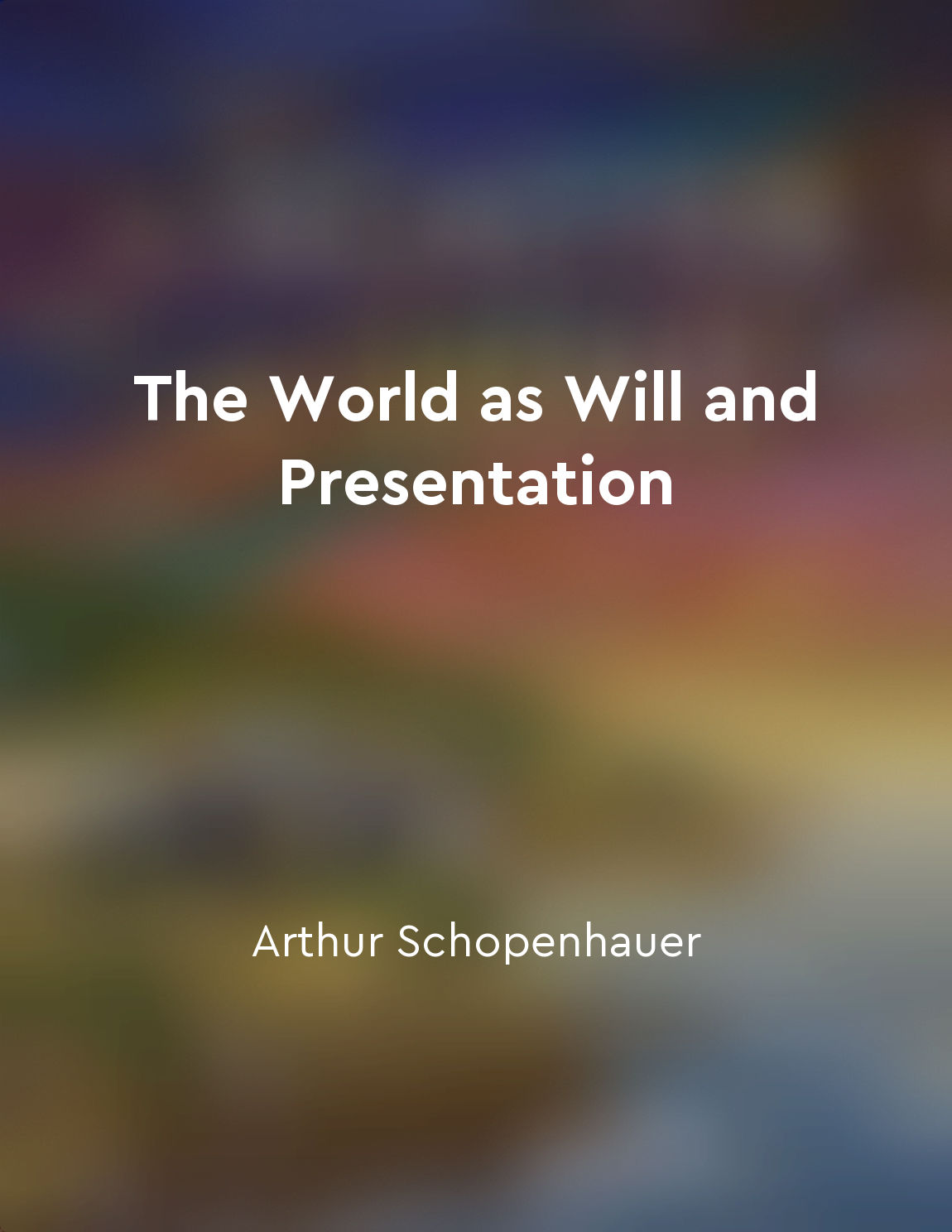Taste is a social construct influenced by one's surroundings from "summary" of Distinction by Pierre Bourdieu
Taste does not simply exist in a vacuum, unaffected by external factors. It is not an inherent trait that remains constant regardless of one's environment. Rather, taste is a dynamic and malleable construct that is shaped by the social context in which individuals find themselves. This means that what one considers to be tasteful or aesthetically pleasing is heavily influenced by the cultural norms and values of their surroundings. In his seminal work, Pierre Bourdieu argues that taste is not solely a matter of personal preference or individual choice. Instead, it is a product of one's social position and cultural capital. Individuals from different social classes are exposed to distinct cultural influences and experiences, which in turn shape their tastes and preferences. For example, those from higher social classes may be more inclined towards sophisticated and refined forms of art and culture, while those from lower social classes may ...Similar Posts

Will is the driving force behind all human actions
The driving force behind all human actions is the will. This concept, as expounded by Schopenhauer, posits that the will is the...
Aesthetic experiences can evoke a sense of wonder and awe
In aesthetic experiences, we often encounter moments that provoke a profound emotional response within us. These experiences ha...
Art should inspire moral and intellectual growth
Art, when properly executed, has the ability to elevate the mind and spirit of the observer. Through the creation of beauty, ar...
Changing food habits can lead to a better world
Changing food habits can lead to a better world. When we make conscious choices about the foods we eat, we not only benefit our...
Artistic movements and their impact
Artistic movements have played a significant role in shaping the course of art and culture throughout history. These movements ...

We tend to follow the path of least resistance
When faced with a decision, we often opt for the easiest choice, the path of least resistance. This tendency is deeply ingraine...
Adjust communication style based on nonverbal feedback
When we communicate with others, we often focus on the words being spoken. However, nonverbal cues can also provide valuable in...
Cultural capital is a key driver of social mobility
Cultural capital, as defined by Bourdieu, refers to the cultural knowledge, skills, and habits that individuals possess. This f...
